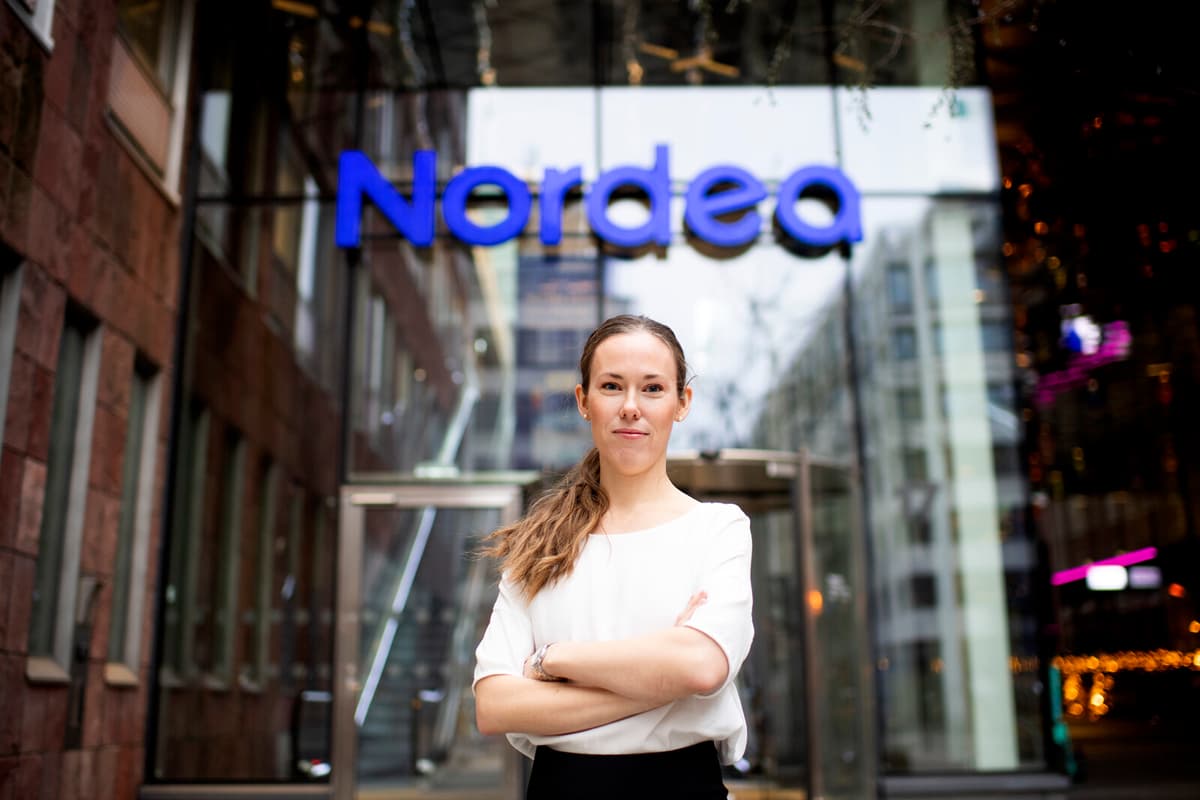A fresh report from Nordea has looked at the economic situation in different parts of Sweden. Next year, the Stockholm region is expected to grow by two percent of GRP (gross regional product). The corresponding figure for Upper Norrland is only one percent, which indicates a shift in the Swedish economy.
The major cities have generally had it tougher, and it is a reflection of the economic situation. The domestic economy in major cities has been heavily affected by interest rate hikes, says Spector.
Downturn in the export industry
In 2025, the metropolitan regions of Southern Sweden and Western Sweden are also expected to grow by 1.7 and 1.8 percent of GRP, respectively.
It will take some time before the interest rate cuts take full effect, but already next year it looks like it will be a more normal year where the major cities will account for the largest increase percentage-wise.
The export sector in northern Sweden is still expansive but faces a downturn next year and is expected to lose growth momentum.
Upper Norrland is still growing faster than expected, but now we see a slowdown. You can't take a super leap every year. Then there is a general dampening in the industry, says Spector, citing the automotive industry in Germany as an example:
The transition to electric cars has gone slower than expected, which affects parts of the Swedish export industry.
Signs of recovery
Individual companies like Northvolt – where investments have not gone according to plan – have not had a significant impact on regional growth as a whole. The demand for labor is also expected to be highest in the north.
I'm not saying that individual companies don't play a role, but it's broad growth that we've seen, and it's not coming from a single company. The growth has broadened from just being about Västerbotten to include all of Norrland. Export companies have, among other things, been well-positioned in the green transition.
Sweden's GDP (gross domestic product) is expected to increase by 1.6 percent according to the report's prognosis. It is a recovery compared to previous years, although it is 0.6 percentage points lower than the year before the pandemic.
It's a sign of recovery, says Spector.





